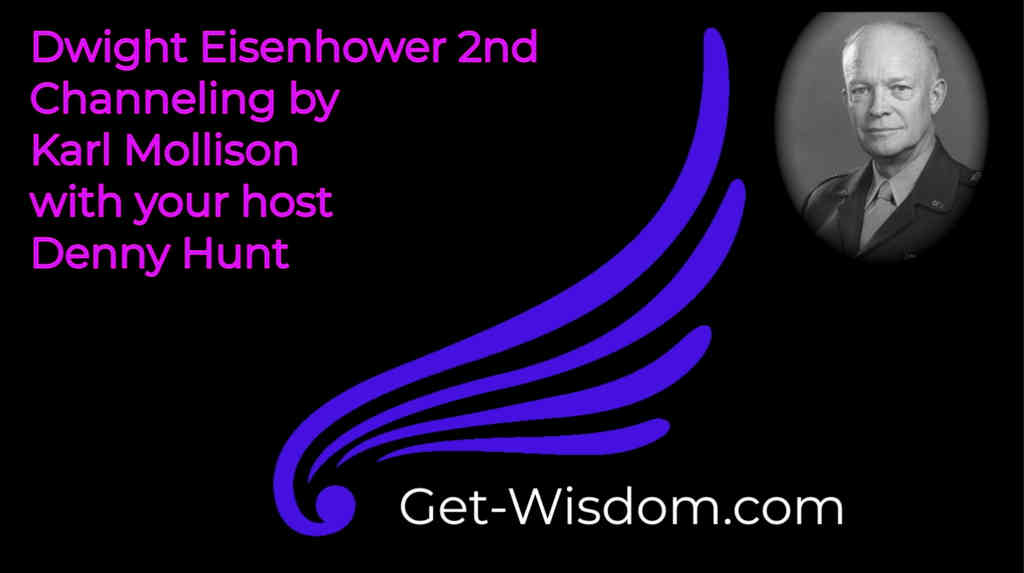
Heath Ledger Channeled by Karl Mollison 15July2019
From https://en.wikipedia.org/wiki/Heath_Ledger
and
https://www.biography.com/actor/heath-ledger
Heath Ledger 4 April 1979 – 22 January 2008 was an Australian actor and music video director. After performing roles in several Australian television and film productions during the 1990s, Ledger left for the United States in 1998 to further develop his film career.
His work comprised nineteen films, including 10 Things I Hate About You (1999), The Patriot (2000), A Knight’s Tale (2001), Monster’s Ball (2001), Lords of Dogtown (2005), Brokeback Mountain (2005),the brothers Grimm (2005) Casanova (2005), The Dark Knight (2008), and The Imaginarium of Doctor Parnassus (2009), the latter two being posthumous releases. He also produced and directed music videos and aspired to be a film director.
For his portrayal of Ennis Del Mar in Brokeback Mountain, Ledger won the New York Film Critics Circle Award for Best Actor and the Best International Actor Award from the Australian Film Institute; he was the first actor to win the latter award posthumously. He was nominated for the BAFTA Award for Best Actor in a Leading Role and the Academy Award for Best Actor. Posthumously, he shared the 2007 Independent Spirit Robert Altman Award with the rest of the ensemble cast, the director, and the casting director for the film I’m Not There, which was inspired by the life and songs of American singer-songwriter Bob Dylan. In the film, Ledger portrayed a fictional actor named Robbie Clark, one of six characters embodying aspects of Dylan’s life and persona.
Ledger died on 22 January 2008 due to accidental intoxication from prescription drugs. A few months before his death, Ledger had finished filming his performance as the Joker in The Dark Knight.
It was on the set of Brokeback Mountain that Ledger met actress Michelle Williams. The two began a whirlwind relationship, and their daughter, Matilda Rose, was born on October 28, 2005 in New York City. Matilda Rose’s godparents are Ledger’s Brokeback co-star Jake Gyllenhaal and Williams’ Dawson’s Creek (1998-03) castmate Busy Philipps.
Problems with paparazzi in Australia prompted Ledger to sell his residence in Bronte, New South Wales, and move to the United States, where he shared an apartment with William in Brooklyn, from 2005 to 2007. In September 2007, Williams’ father, Larry Williams, confirmed to Sydney’s Daily Telegraph that Ledger and Williams had ended their relationship.
On January 22, 2008, Ledger was found unconscious in his bed by his housekeeper, Teresa Solomon, and his masseuse, Diana Wolozin, at his apartment in the SoHo neighborhood of Manhattan.
His death occurred during editing of The Dark Knight and in the midst of filming his last role as Tony in The Imaginarium of Doctor Parnassus. His untimely death cast a shadow over the subsequent promotion of The Dark Knight.[11] Ledger received numerous posthumous accolades for his critically acclaimed performance in The Dark Knight, including the Academy Award for Best Supporting Actor, a Best Actor International Award at the 2008 Australian Film Institute Awards, the 2008 Los Angeles Film Critics Association Award for Best Supporting Actor, the 2009 Golden Globe Award for Best Supporting Actor – Motion Picture, and the 2009 BAFTA Award for Best Supporting Actor.









